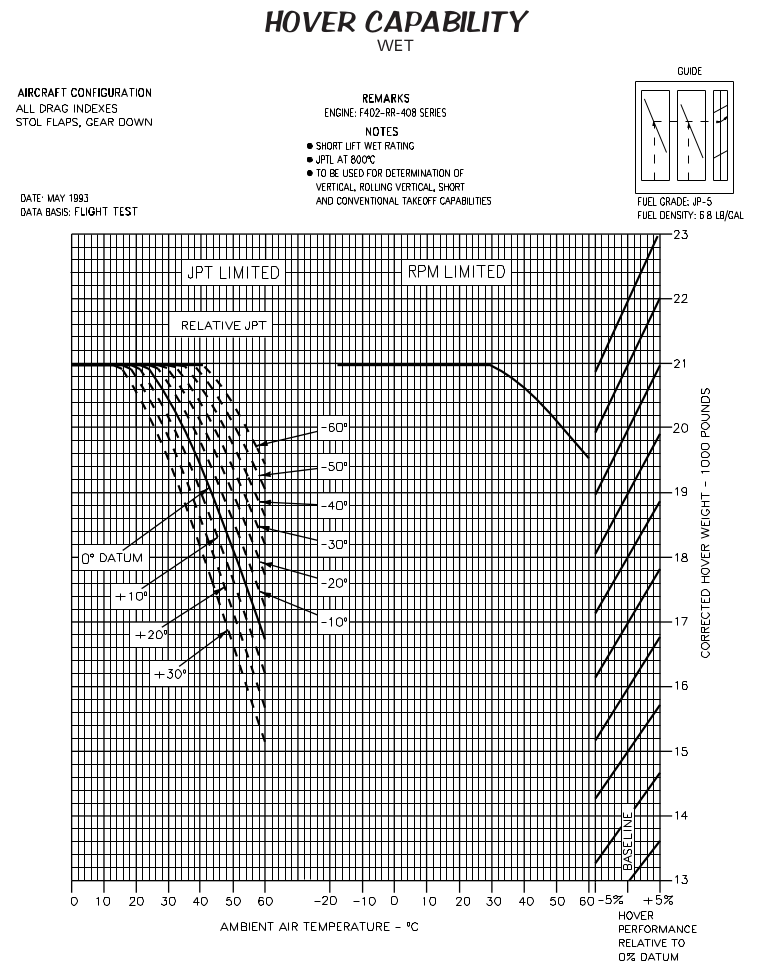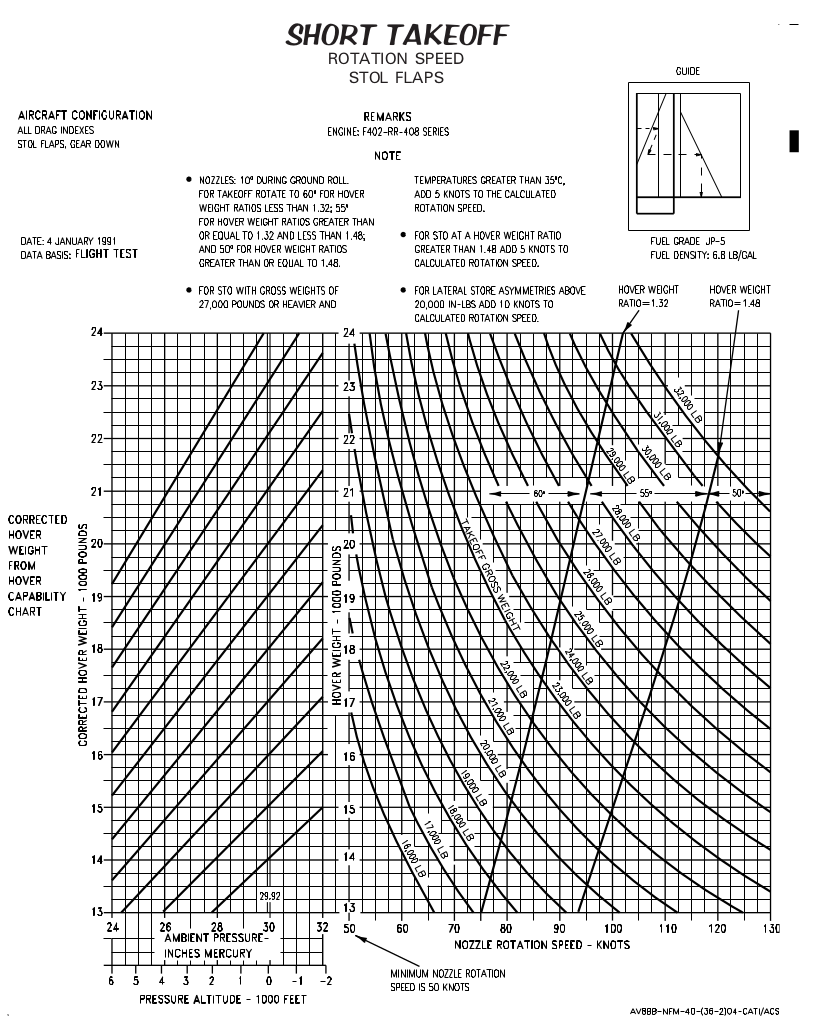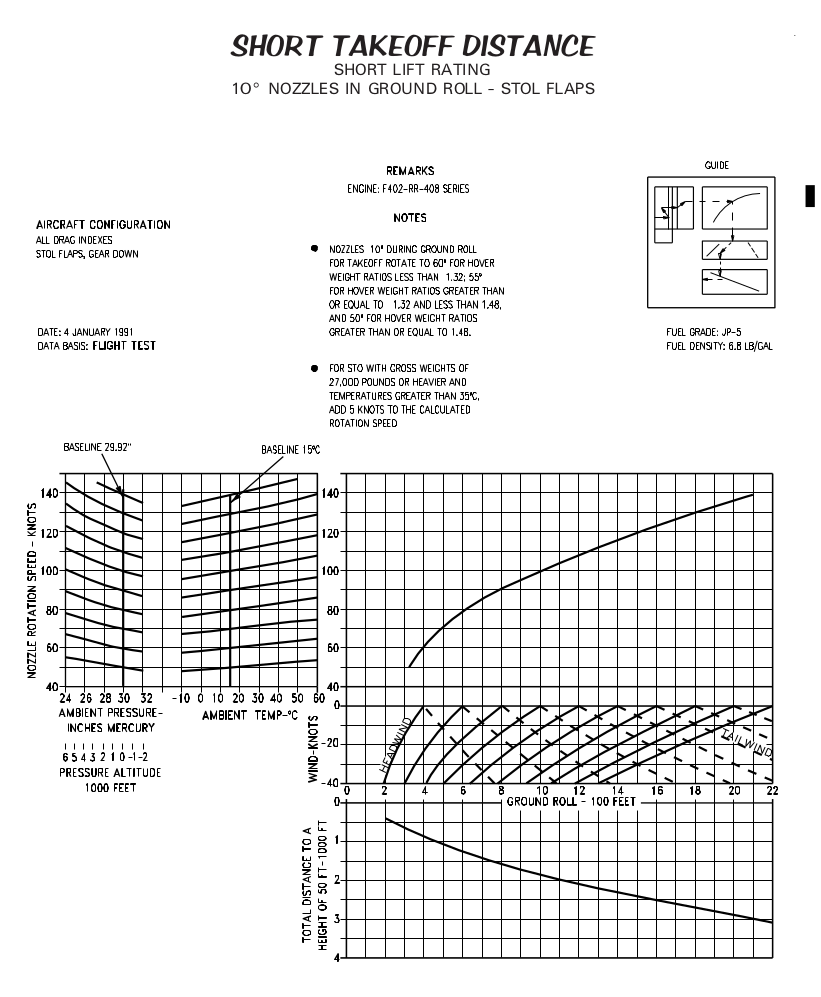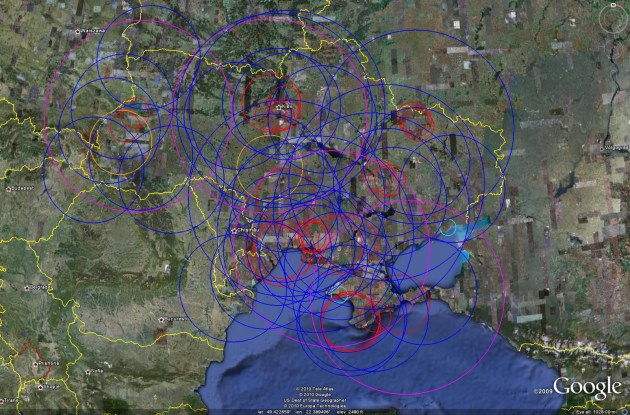No fighter discussion would be complete without mentioning this one, even if it’s technically not available for the procurement games.
To understand the F-22, we should first look at the ATF, or the state of military aviation in the ’80s. The core of the USAF was the F-15 and the F-16. These were great fighters, but the Soviets had counters, namely the Su-27 and the MiG-29, which were at least the equals of the American fighters. In the maneuverability area, they might even be considered a bit ahead.
American doctrine was heavily invested in air superiority, and the USAF was always looking for the next big thing, so they put out a design concept for the ATF. It was to fly faster and higher than other fighters. Or, more precisely, to cruise higher. Speed is good, since speed is energy that can be converted into maneuvers. Energy is life. But supersonic speed meant afterburners, which burned fuel rapidly. So most fighters couldn’t sustain supersonic speeds for very long. The USAF’s idea was to use new engine technology to push the envelope of cruise speed, not maximum speed. The resulting fighter would not be faster than the Eagle, but it would be able to maintain supersonic speeds without lighting its afterburners (to “supercruise”). These engines would be designed to work at higher altitudes, because altitude can be converted into energy. Energy is life. Energy is winning.
Of course, there were secret projects in the works too, and so the USAF added stealth requirements. Stealth demanded careful shaping, special skin, and internal carriage of weapons. This helped the supercruise, since it reduced drag. A protracted development period due to the end of the cold war, and a competition between the Lockheed and Northrop Grumman entries eventually resulted in the F-22 we know today.
The F-22 is the king of the skies. Full stop. There is no better aircraft at aerial combat. None. Fighting with a Raptor really, really sucks. The Raptor has a massive, powerful, highly advanced, low-probability of intercept radar, and the obvious stealth features. So it’s going to see you first. And because it cruises at mach 1.2-1.4 at a higher altitude than you, the Raptor has the energy to decline any engagement it pleases, or dictate the range as it pleases.
If the Raptor chooses to engage BVR, as we’ve mentioned it’s going to get the first shot. It sees you first. It gets to position favorably. Plus, if you’ll recall, it’s flying higher and faster than you. So its missiles get that much more energy, because they start from a supersonic platform, and get a gravity assist as they dive down. Which is a great recipe for an intensely frustrating exercise. And by ‘exercise’, I mean ‘simulation of being smote by an angry god’.
But that’s BVR. The Raptor owns BVR. What if we force the merge and go to WVR? Probably by stipulating in the exercise rules that it’s a WVR fight, but still. Well, here go some of the advantages, though it’s still a massive pain to acquire a lock on the Raptor. At least you can see it. And you can engage with IR seekers, but not super well. Everybody dies in WVR. The Raptor is no exception. But it has the best aerodynamics of any fighter around, with a very high thrust/weight ratio and very low wing loading. It also has thrust vectoring. So even in WVR engagements, the Raptor is a winner more often than everybody else. It’s kill to death ratio at Red Flag is hilariously lopsided, and that’s against pilots who dogfight for a living.
If you’re thinking this is quite gushy, and excessively positive, you’d be right. I love this thing. But it’s not tops at everything. The internal weapons bays are somewhat limiting. The Raptor was designed around a warload of six AMRAAMs and two Sidewinders internally. This isn’t a bad loadout, though it could be bigger. However, those bays are not very deep. So the F-22 can’t carry much in the way of bombs. And it can’t carry any bombs that are all that big. The F-35 can’t carry many bombs, but it can carry two of just about any air to ground weapon you please. The F-22 is limited to bombs of 1,000 lbs or less, and that size class also rules out most standoff weapons. Plus, it only recently got ground-oriented radar modes. Ground attack is not its thing. Though the USAF is trying, and has made special small GPS-guided glide bombs so the Raptor can bomb more stuff.
Oh, and it’s out of production. Even when it was in production, it was super expensive. You could theoretically restart the production line, but that would cost a whole bunch of money. And the USAF only bought 187, which isn’t a lot. And there are have been issues with the onboard oxygen generating system, which have restricted that flight envelope. Those should be fixed by now.
So it’s an expensive, gold-plated, air-superiority fighter with gimped ground attack in a world of strike operations. Would we buy it?
Well, we can’t. Production lines were closed in 2011. Sorry. Blame Rumsfeld, not me.
Feels like a cop-out, doesn’t it? Okay, fine. Suppose they got their act together and started making them again. Raptors rolling off the production lines. Would we buy them?
Well, we still can’t. Even if the production lines were reopened, there’s a pesky act of Congress in the way. Really. There’s a law in the United States that says Thou Shalt Not Export the F-22. Even to one of America’s favorite and closest allies, like Japan or Australia or Israel. No Raptors for you.
Sigh.
Okay, that’s another cop-out, right? I’m still avoiding the question. Fine, fine. Remove both pesky intrusions of reality. Would. We. Buy. One?
We’d need a price, right? Well, let’s be awful and take the figure from an offhand quote of an Israeli Air Force general of $200 million, rather than the much more favorable wiki flyaway cost of $150 million. So. 200 million dollars a copy. Would we buy?
Hell fucking yeah, we’d buy.
Did you really think I’d say no to the greatest aerial combatant of all time? Are you mad?
We’d be all over this, if the above conditions were met. Even at $200 million. It’s got Wunderwaffe-class awesomeness. It’s also an absolutely beautiful fighter. It looks right. It is right.
Since this is a game, you might be thinking I should try to trade Fishbreath something so we can both skirt our self-imposed rules a little. He’d never go for it though. He doesn’t like spendy wunderwaffe.
Author’s Notes: This review was not sponsored or paid for in any way by Lockheed Martin, the Fighter Mafia, or members of the United States Air Force.



